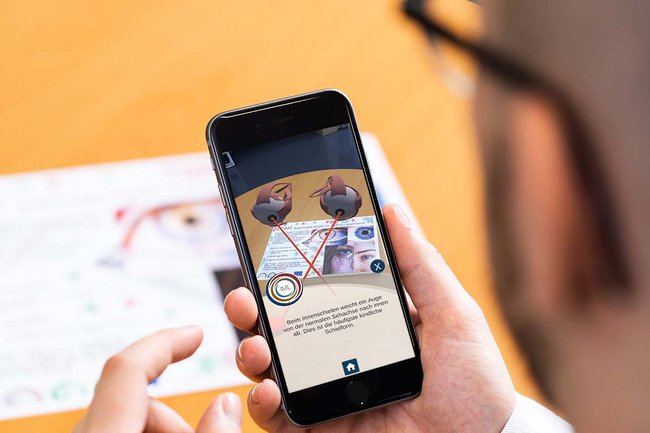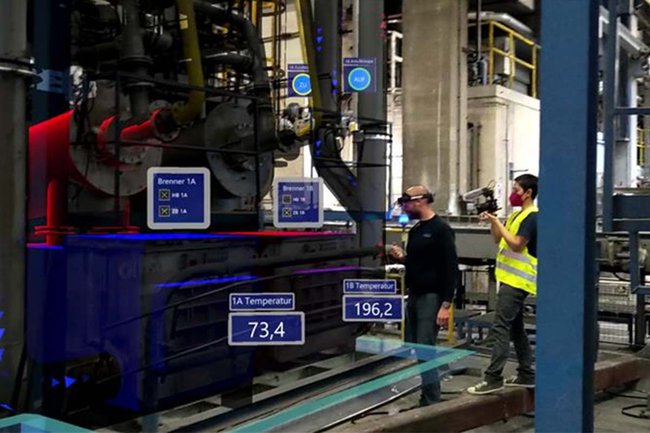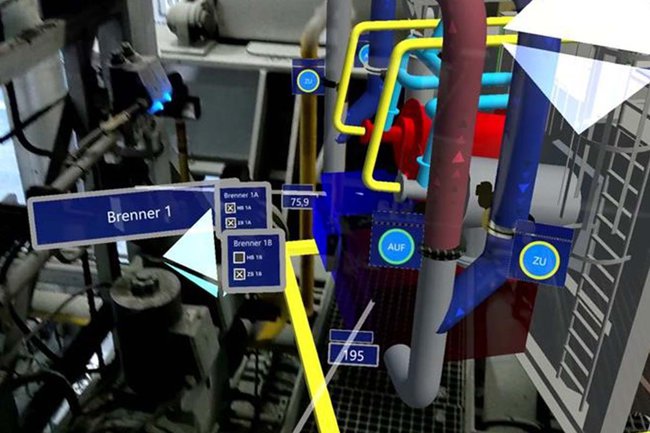Diving into the Virtual World
Digital Storytelling for Research

In the “Immersive Media Lab”, the researchers of the St. Pölten University of Applied Sciences combine know-how concerning technological developments in Augmented and Virtual Reality with interdisciplinary research on immersive storytelling. Depending on the research context, the scientific examination of storytelling requires different “stories” that can be told using AR/VR.
Augmented and Virtual Reality are becoming increasingly easy to access, which means they are becoming part of people’s everyday lives. The popularity of immersive technologies – in other words, lifelike immersion into virtual worlds – has grown strongly, thus paving the way for new ideas and fields of application in various knowledge areas and practical realms. The research project “Immersive Media Lab” of the St. Pölten UAS that has just been completed expands the range of technological developments in Augmented and Virtual Reality (AR/VR). Thanks to immersive storytelling, the research project can be used in art, economics, science, and the health sector.
“The results of the Immersive Media Lab show what AR/VR storytelling can look like in its various dimensions. Ultimately, every use case develops its own ‘story’ that is tailored to the defined context, the purpose of storytelling, and the medium used”, explains Franziska Bruckner (Institute of Creative\Media/Technologies), head of project and of the research group Media Creation.
Digital Storytelling
In order to tell a story in different ways using AR/VR methods, the researchers first examined in what sense known storytelling strategies can be reasonably applied in AR/VR use cases, where it is necessary to develop new strategies, and to what extent these strategies can be translated into generally applicable solutions.
Use Cases for Health and Industry
The Immersive Media Lab uses highly modern AR and VR technology in five use cases, among them “Enlightening Patients with Augmented Reality” (EPAR) and “AR Interfaces for the Industrial Internet of Things” (AIIT). The use cases culminate in prototypical applications whose central element is immersive storytelling. In the use case for the health sector (EPAR), the researchers developed a smartphone app that uses Augmented Reality to provide patients with information about strabismus surgery. For the industrial application, the team of researchers developed a data visualisation using an AR HMD Microsoft HoloLens 2 that provides information on an industrial furnace.
 Industrial furnace © Matthias Husinsky
Industrial furnace © Matthias Husinsky Industrial furnace © Matthias Husinsky
Industrial furnace © Matthias HusinskyProject Results
The project’s results show that storytelling can be reasonably applied in the fields of narration, knowledge transfer, and media specifics across a broad spectrum of immersive methods and offers enormous potential. Furthermore, narrative elements developed for the individual use cases are suitable as general solutions for various types of immersive environments.
Project lead Franziska Bruckner presented the project results on immersive storytelling in the areas of creative media, smart manufacturing, and healthcare at the virtual Interactive Film & Media Virtual Conference 2022 in June.

FH-Prof. Mag. Mag. Dr. Franziska Bruckner
currently on leave Senior ResearcherMedia Creation Research Group
Institute of Creative\Media/Technologies Department of Media and Digital Technologies